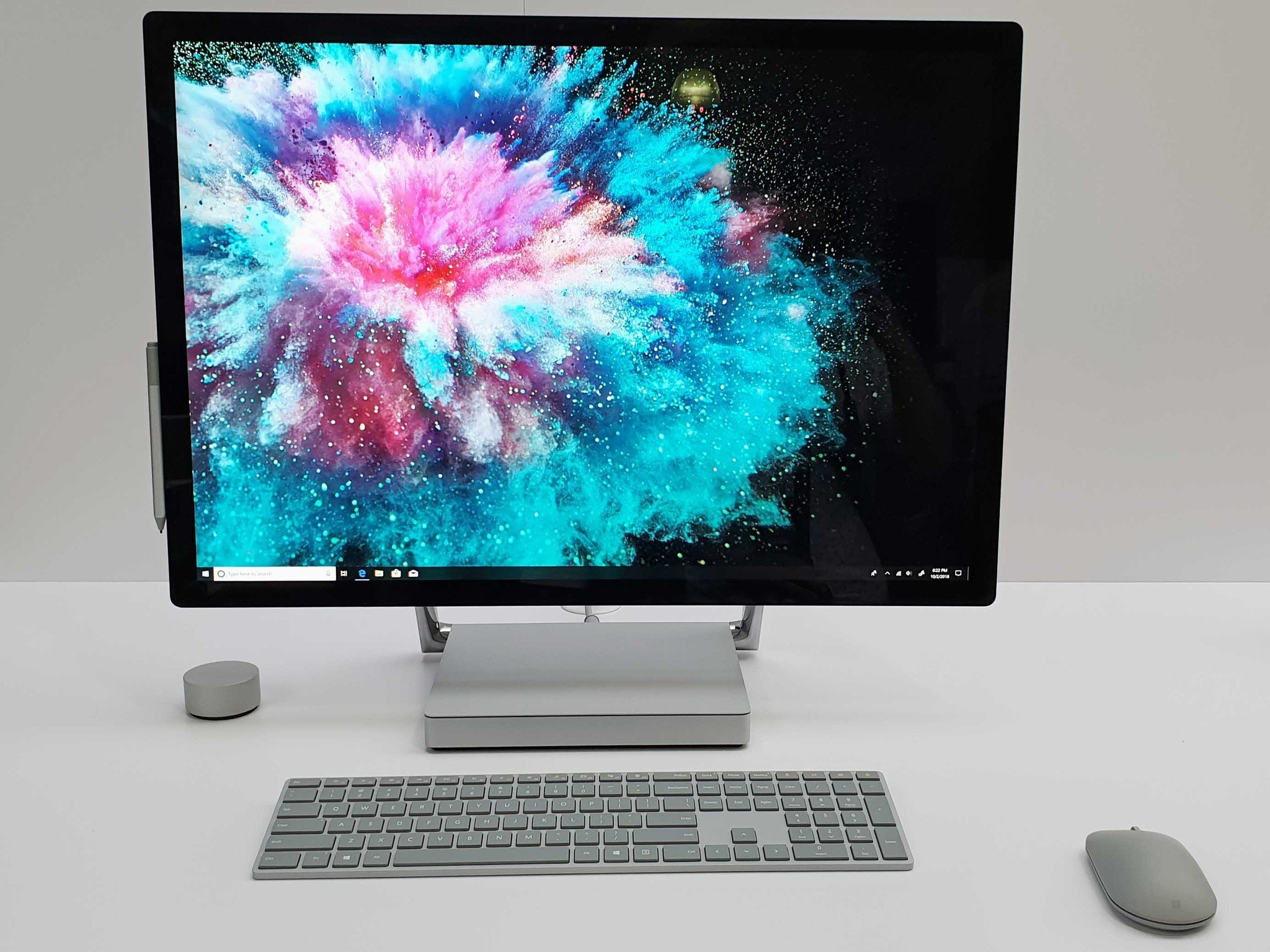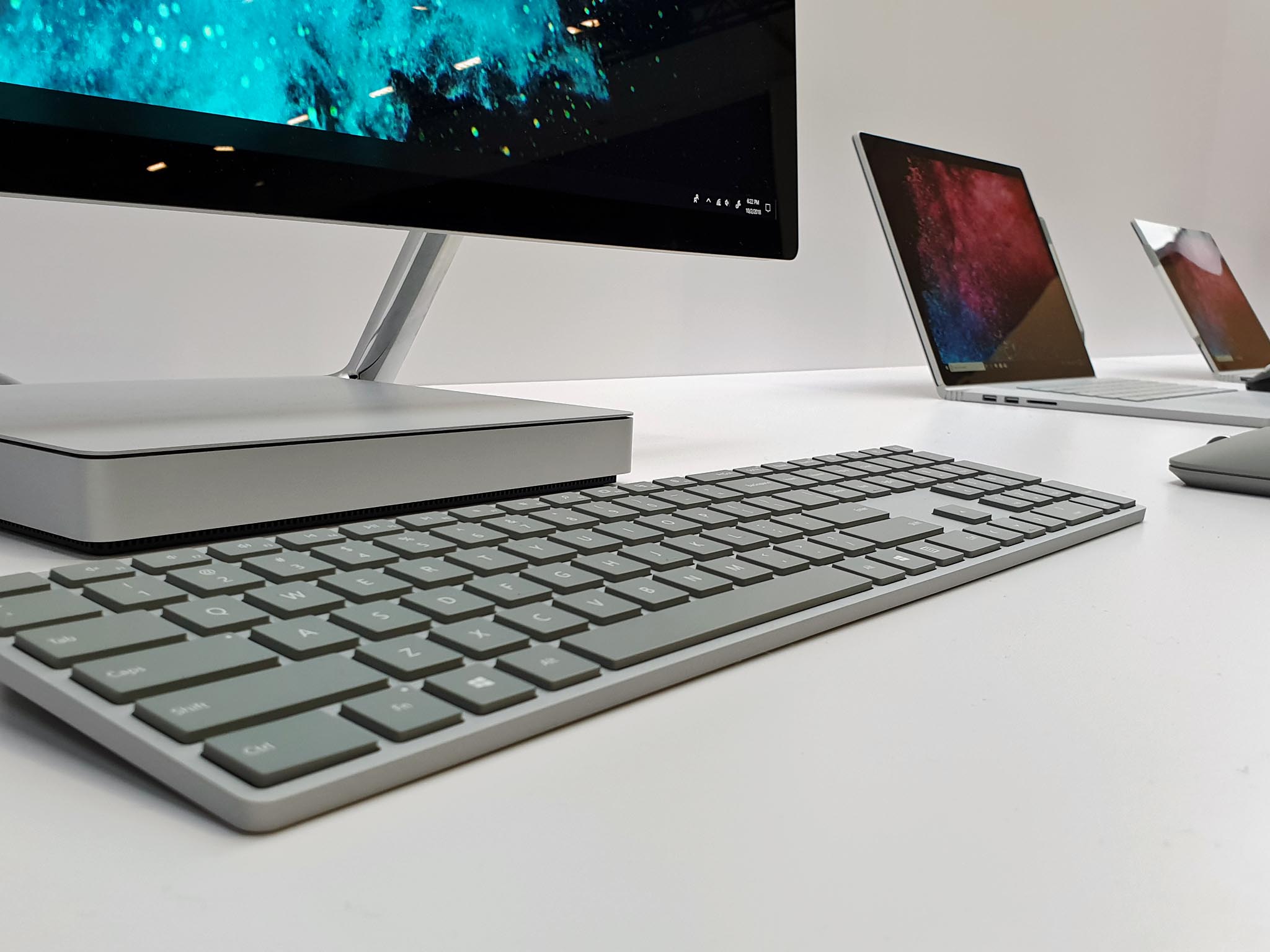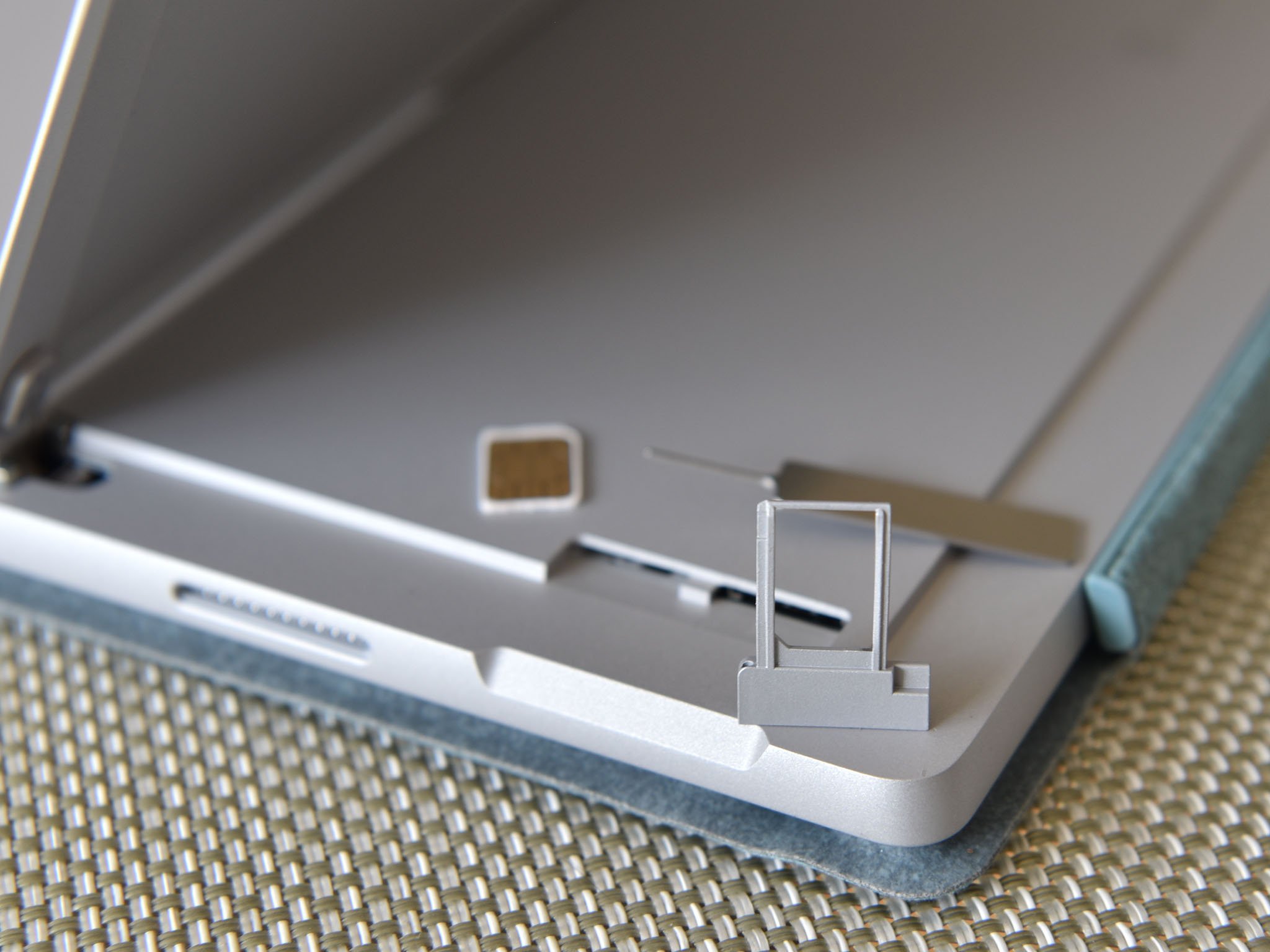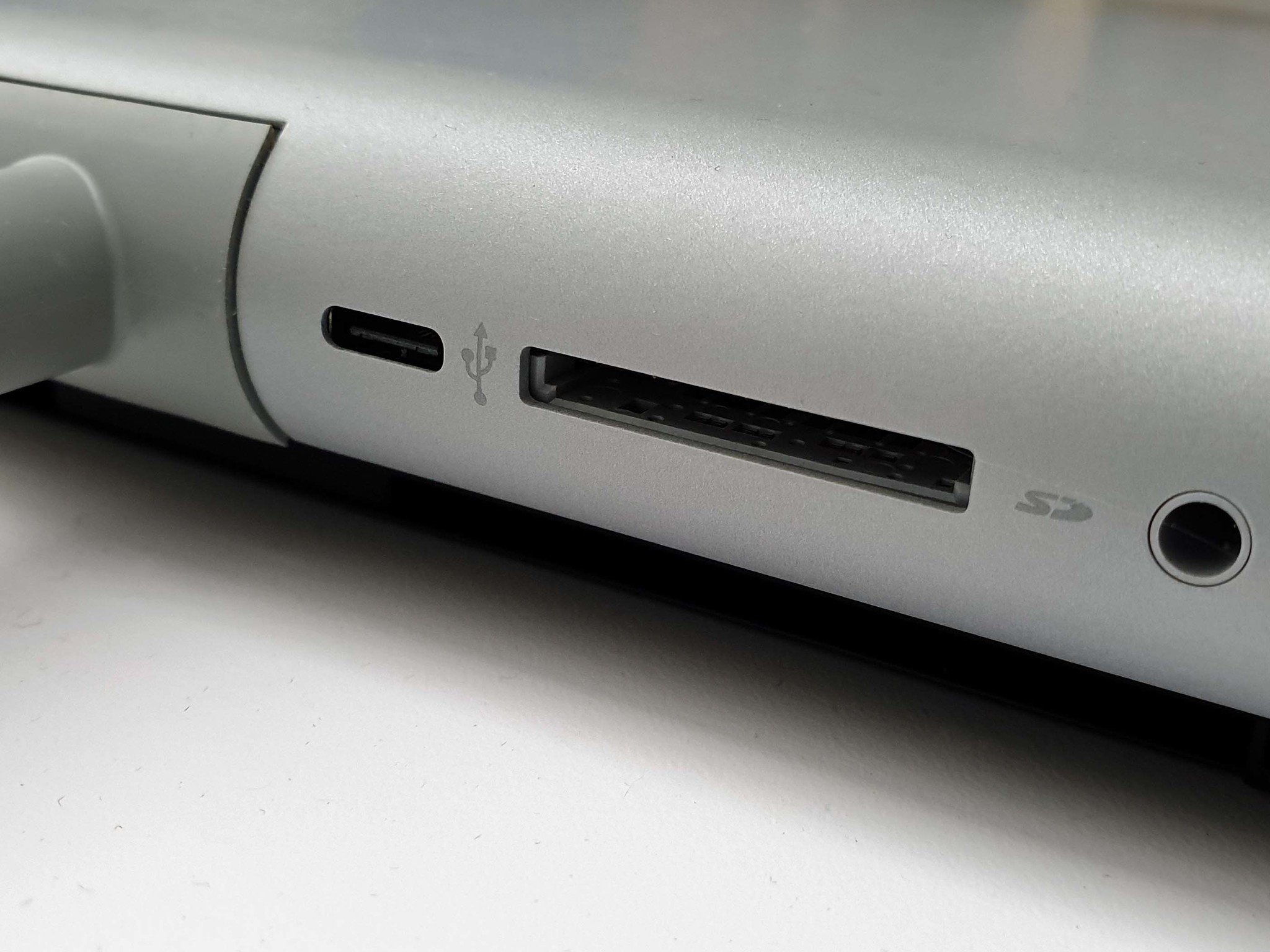Microsoft's October 2nd Surface event recap - The good, the bad, and the ugly
What went well and what did not with this week's Surface announcements.

This week Microsoft held what is becoming an annual outing of new or refreshed Surface devices. The event was not streamed, which highlights the reality that no new ground-breaking form factors were going to be introduced, save for some new headphones.
Surface chief Panos Panay took the stage and gave arguably one of his best sells to date of what are, at best, modest refreshes. While the devices look better than ever, the actual changes leave a lot to be desired if you're looking to push your dollar with cutting-edge hardware.
Here are some takeaways from October 2 and what Microsoft got right and what they got wrong.
The Good

Microsoft did get a few things right with its October 2 event even if the announcements were not awe-inspiring. Here are a few.
Faster update cycle?
Although hardware refreshes in the form of Surface Pro 6, Surface Laptop 2, and Surface Studio 2 are a bit weak the fact that Surface Pro and Surface Laptop appear to be getting a more regular update cadence is noteworthy.
Just last year, Panay told Windows Central they prefer to do significant refreshes only when there is something substantial to add that brings a dramatic improvement.
At least for Surface Laptop and Surface Pro, one could argue that jumping from a dual-core Intel processor to the newer Intel quad-core series is significant, but it's unclear if the new experience is disruptive or just quaint. After all, the "Kaby Lake-R" i7-8650U came out in late 2017 and had been used extensively by HP, Dell, Lenovo for a year. Those companies are already moving on to Intel "Whiskey Lake" processors at the same time Microsoft is adopting "Kaby Lake-R".
All the latest news, reviews, and guides for Windows and Xbox diehards.
But one criticism levied against Microsoft in the past was that hardware updates – like the two years for Surface Studio and Surface Book – are too long. This faster turnaround by the Surface team – even if underwhelming – is at least an attempt to keep Surfaces where the market is.
The cynic in me, however, thinks maybe this is just an attempt to spur more sales for the holiday season.
Surface Studio 2 fixes a lot

In my Surface Studio review I made it clear that the overall design, display, and functionality of the desktop PC was perfect, but the hardware did not match the goals of the device.
The biggest offenders like a slow hybrid-drive (a fast SSD combined with a slow hard-disk drive) and graphics options like the NVIDIA GTX 965M or 980M were absurd.
Of all the refreshed devices Surface Studio 2 got the most right with 1 or 2TB real SSD options for storage, a more performant i7-7820HQ (no more Core i5), and NVIDIA GTX 1060 or 1070 for graphics.
We could hem and haw about how Surface Studio 2 still has a mobile processor, but as someone who owns and uses the original Studio, I can say it is the SSD and new GPU that is important here. These two improvements fix the bottlenecks in Surface Studio and will make a massive difference in daily usage.
Oh, and having a Type-C 3.1 (10Gbps) port on the back – while not as good as Thunderbolt 3 – is still a welcome addition. Combined with the even better display that is brighter and has more contrast and this is the desktop PC that I've been wanting.
Back in black
Surface Pro 6 and Surface Laptop 2 now come with an optional black color scheme. This option is something many users have been requesting ever since the original Surface Laptop was introduced.
I find it ironic that all we used to have been black laptops until companies like Microsoft, HP, and Dell tried something new. Now, everyone wants to go back. Well, Microsoft listened and delivered. Having seen both devices the amount of detail, e.g. interior of the ports and hinges are all black too is notable.
My usual gripes about black laptops still stand – scratching that metal reveals a garish silver and the finish shows fingerprints – but hey, you do you and rock your Surface like it's 2012.
Surface Headphones

I'm not sure the market needed Microsoft to step in and create new premium headphones, but I like it for a different reason. It shows that the Surface team is moving beyond premium PCs and is trying to create a whole ecosystem of products.
We've already heard rumbling of a Surface web camera, and there's a growing cadre of mice and keyboards. Why not speakers, wearables, and more? It works for Apple and Razer. Even HP and Dell create all their accessories making Microsoft here more the norm than the standout.
Either way, if you're a fan of Microsoft's hardware, then these headphones are good news even if you never plan to buy them.
The Bad

Despite the welcome changes noted above, there were a few misses too that overshadow them.
No LTE
For a company pushing Always-Connected PCs, Microsoft is indeed not leading the charge with hardware. Companies like HP and Lenovo are leaning hard on LTE-enabled devices this holiday season, yet Microsoft will only have Surface Go and the older Surface Pro model as a contribution.
At least with Surface Pro (2017), Microsoft pre-announced an LTE model as coming. It took entirely too long, but at least it's here, and it's excellent.
For Surface Pro 6 and Surface Laptop 2, there's nary a mention or even a promise of an LTE option down the road. I wrote back in June that Microsoft needs to lead here and it's clear it is not. That feels like mixed messaging.
Older processors
Putting quad-core processors into the same chassis of Surface Laptop and Surface Pro is no easy feat. The thermals dramatically change, and Microsoft had to respond by redesigning the thermal solutions to both mobile devices for 2018. I'm told Surface Laptop 2 should be quieter with the fans kicking in only when the CPU hits 90 percent usage.
But these "new" processors are from late 2017 and not the fresher "Whiskey Lake" ones launching in October in laptops from Lenovo, Dell, and HP. It also means like those extra PCIe lanes that come with Intel's latest chipset are not available.
The flip side to this complaint are the drivers, which are now mature enough to all but guarantee a smooth experience for people who buy these new devices. Conversely, if you're paying that much for a laptop expecting the latest in processor technology seems like a reasonable expectation one that Microsoft fails at delivering.
No new Surface Dock
The current Surface Dock is years old, a bit clunky, and doesn't seem powerful enough for the 15-inch Surface Book 2. We've heard rumors of a new, more powerful dock that may even support internal graphics to boost power, but nothing of the sort was announced on October 2.
The wait continues.
No "Andromeda"
We all knew going into this event that Microsoft was not prepared to talk about a genuinely pocketable Surface a.k.a. its "Andromeda" project. But its absence was noticeable if only because the rest of the announcements were minor (those hardware refreshes) or unusual (those headphones).
It's clear, more than ever, that in this growing Surface family of products and accessories a genuinely mobile option is missing. Initially, our sources hinted that October was the intended launch goal for Andromeda, but due to the software (Windows Core OS) not being polished enough the launch is postponed until it is ready.
Surface head Panos Panay seemingly confirmed such a device is his goal in a recent interview with The Verge, but that is no consolation for those who want an answer now.
The good news here is Microsoft knows the seriousness of launching something like Andromeda to the market. Such a product needs to be nearly perfect. The Surface team won't release until then, but at least when they do we'll know won't be half-baked.
The Ugly

While there are a few disappointments with this year's Surfaces, the biggest is the most obvious: ports.
No Thunderbolt 3 or even Type-C
Surface Laptop 2 and Surface Pro 6 both do not have any new ports. Instead, we're stuck with the same USB Type-A and mini DisplayPort. Because Microsoft eschewed using Intel's latest processors and boards the potential to go to Thunderbolt 3 was immediately lost.
Another component of this problem is cost. Microsoft sees these refreshed devices as just that. Surface Pro 6 and Surface Laptop 2 have the exact same chassis from last year. Adding Type-C and especially Thunderbolt 3 would require a redesign of the physical device as well as the entire motherboard and components.
But putting aside the reasons – including pressure from enterprise customers – the lack of a Type-C port on Surface Laptop 2 and Surface Pro 6 is a massive letdown especially at this price point.
While we can take consolation in knowing that a "major" refresh for Surface Pro is expected next year that's makes recommending anyone buying these PCs somewhat tricky this holiday season - at least if you care about such things. Oh, and Surface Headphones have Type-C, so there's that.
Wrap up

Depending on your expectations – sorry, no holograms or a Microsoft-branded Android phone – Microsoft's October 2 event is best classified as under-delivering.
The mainstream press at least seems impressed with the new lineup, and general consumers will likely be pleased as well, but the overall range of announcements was minimal. Had something like "Andromeda" been announced the rest would be OK, but without a star device, a hole in the presentation was very noticeable.
For the more hardcore Surface fans – myself included – I was happy to see Surface Studio 2, but I'm struggling to get excited for the "new" Surface Pro 6 or Surface Laptop 2. The black color scheme is neat, but hardly a reason to upgrade, and at least for my usage I never had that many complaints about performance with either PC.
Does the lack of a Type-C hurt either device for regular consumers? Probably not, but it wouldn't have hurt to have it either.
There are also smaller bits like no new Surface Dial, why we're back to numbering releases like Surface Pro 6, or why Microsoft still insists on using Marvel for Wi-Fi.
The devil though is in the details with Surface. It's clear Microsoft is going for a more conservative approach where it can deliver a stable, reliable, and delightful experience instead of pushing the extremes or featuring the latest hardware innovations. That's a lesson learned from the original Surface Book and Surface Pro 4 launch where it was burned by adopting Intel "Skylake" way too early.
That safe strategy may not be a bad thing as apparently, it has worked for Apple who rarely jumps at the latest Intel hardware, and we may be witnessing a repeat here. Whether or not customers respond the same way remains to be seen, but at least Consumer Reports is now back on board.

Daniel Rubino is the Editor-in-chief of Windows Central. He is also the head reviewer, podcast co-host, and analyst. He has been covering Microsoft since 2007 when this site was called WMExperts (and later Windows Phone Central). His interests include Windows, laptops, next-gen computing, and wearable tech. He has reviewed laptops for over 10 years and is particularly fond of 2-in-1 convertibles, Arm64 processors, new form factors, and thin-and-light PCs. Before all this tech stuff, he worked on a Ph.D. in linguistics, performed polysomnographs in NYC, and was a motion-picture operator for 17 years.
